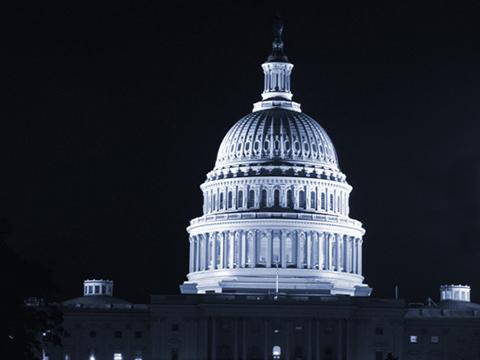The federal government is on the verge of a partial shutdown Oct. 1 unless Democrats and Republicans in Congress break a deadlock over funding demands. At issue are Democratic pushes for expanded benefits such as free health care for illegal immigrants and $500 million in new funding for NPR and PBS — priorities Republicans say they will not accept.
Without a deal, hundreds of thousands of federal workers will be furloughed, dozens of federal services will grind to a halt, and the possibility of unrest from extremist groups hangs in the air. Security analysts have warned that organizations such as the 50501 and the Democratic Socialists of America may seek to exploit the shutdown to create chaos.
A government shutdown happens when agencies run out of money to finance their operations. The Antideficiency Act bars agencies from spending money not approved by Congress, forcing some, but not all, operations to stop until new funding is authorized.
Congress is required to renew federal agencies’ discretionary budgets through 12 appropriations bills each year. When time runs short, lawmakers often rely on a stopgap spending measure called a Continuing Resolution. The House has already passed a CR to keep government operations funded through November, but Senate Democrats blocked it, insisting on partisan concessions that Republicans have refused to grant.
Betting markets now place the chance of a shutdown at more than 80 percent. If that happens, the effects will vary widely across the country.
What Would Stay Open
Federal functions deemed essential, such as national security, law enforcement, Border Patrol, disease monitoring, and emergency response, would continue. Amtrak and airports would remain operational, and the State Department would keep processing passports and visas. Student aid programs would continue under the Department of Education.
Mail delivery and entitlement programs like Social Security, Medicare, Medicaid, and veterans’ benefits would be unaffected because they are funded through separate revenue streams or mandatory spending. The Internal Revenue Service — America’s tax collector — would stay open.
What Would Shut Down
The Food and Drug Administration would pause routine food safety inspections. The Environmental Protection Agency would stop water system and hazardous waste oversight. Hazardous waste cleanups would cease.
National parks and museums would close. Clinical trials at the National Institutes of Health would be put on hold. Federal housing and small business loan applications would stall.
Federal Workers Impacted
Essential workers such as active-duty service members and air traffic controllers would continue to work without pay until the shutdown ends. Nonessential employees like park rangers and regional EPA staff would be furloughed. All federal workers affected would eventually receive back pay once funding resumes. The only federal workers guaranteed pay during a shutdown are those whose agencies are not dependent on congressional appropriations, such as the US Postal Service.
Political Stakes
The last government shutdown, from December 2018 to January 2019, was the longest in US history. Republicans bore much of the political fallout but this time, Democrats risk shouldering the blame if they refuse to compromise in the Senate.
The stakes may be even higher now than in 2018. The Trump Administration has signaled that some furloughs could become permanent if agencies are forced to shutter. An Office of Management and Budget memo instructed agencies to “use this opportunity” to eliminate positions deemed unnecessary.
